Lamborghini, a tractor manufacturer that virtually invented the
supercar segment over a few transformative years in the 1960s, released its
seductively swooping mid-engine Miura in 1966 and followed it with the low,
wide, and jutting Countach in 1974 with its supercar defining style.
اضافة اعلان
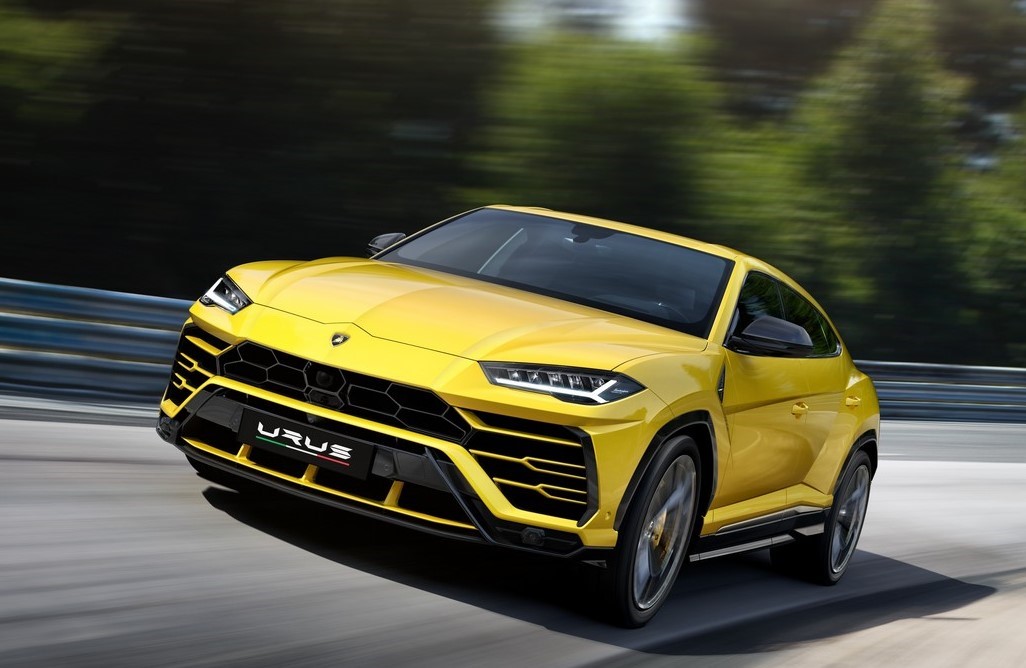
If the name of the Italian manufacturer is
synonymous with supercars, the 2018 introduction of the Lamborghini Urus SUV is
no departure from form, but rather a retreading of ground that the V12-powered
LM002 SUV tore through with magnificently militaristic and unapologetically
aggressive flair back in 1986.
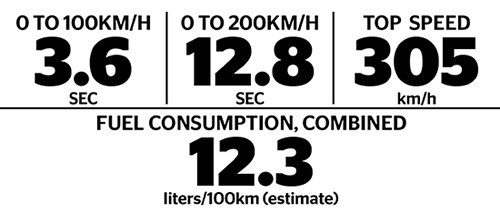
Unlike the wild and brutal off-road oriented “Rambo
Lambo” LM002 exotic, the Urus is a modern SUV built on a shared
Volkswagen-group uni-body platform for practicality, prestige, and
supercar-like performance and handling. The angularly aggressive Urus
faithfully re-interprets Lamborghini supercar aesthetics and motifs for SUV
duty. A high waistline and low coupe-like silhouette disguise its visual heft,
lending an athletic presence enhanced by slim headlights, sculpted surfacing,
and Countach-derived hexagonal wheel-arches.

The Urus departs from Lamborghini’s
naturally-aspirated mid-engine supercars in its smaller displacement
twin-turbocharged four-liter V8, shared in lesser states of tune with Bentley
and Audi models. Mounted behind its jutting supercar snout and fed through
enormous intakes flanking its slim grille, the engine powers all four wheels
through a slick eight-speed automatic gearbox, and produces 650HP at 6,000rpm
and 850Nm torque over a versatile 2,250–4,500rpm band. Sensationally swift, the
Urus nevertheless returns relatively moderate 12.3l/100km combined-fuel
economy.
Confident and quick
Responsive from standstill
with near negligible turbo lag, the Urus tenaciously digs its tires into the
tarmac to bolt through 0–100km/h in 3.6-seconds, 0–200km/h in 12.8-seconds, and
on to a maximum 305km/h.
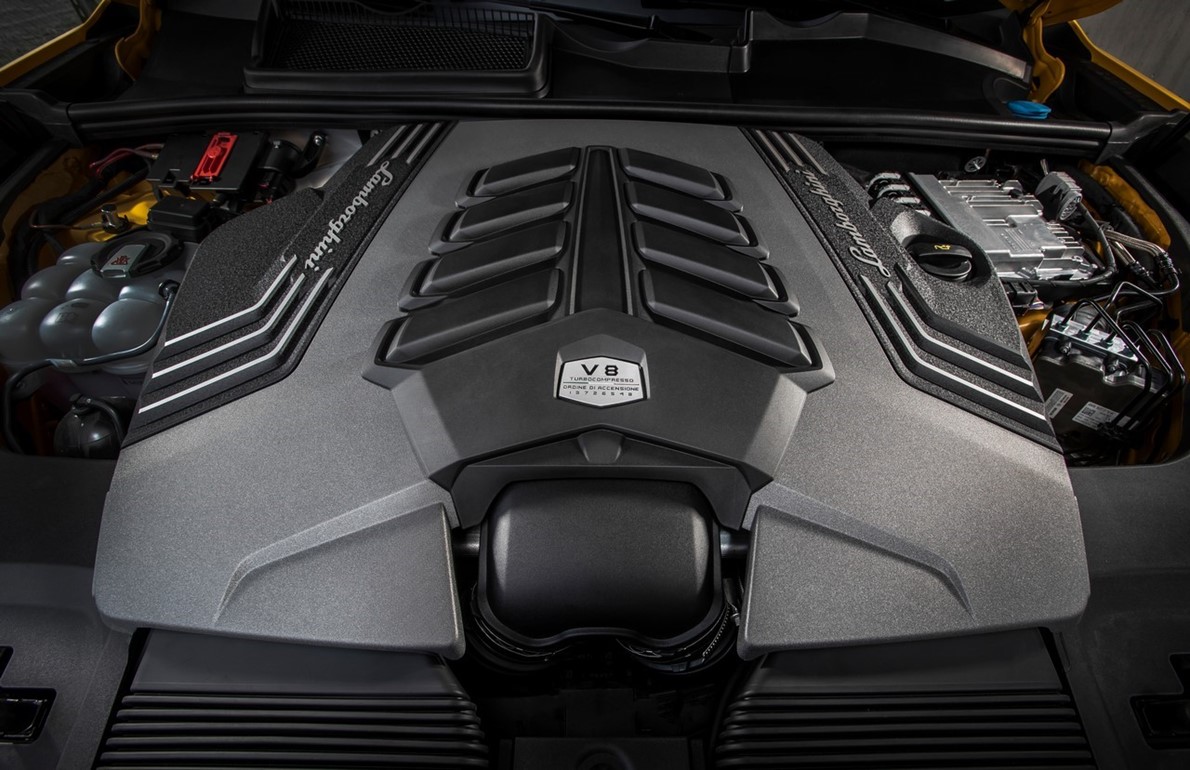
More impressive, however, are the Urus’ driving
characteristics. Edgier, more responsive, and higher-revving than most
turbocharged SUVs, if not quite as razor-sharp as Lamborghini’s high-strung
naturally aspirated V10 and V12 supercars, the Urus pulls confidently from the
low end. It is underwritten by a muscular, mid-range torque plateau as revs
rise urgently and unleashes power with ferocious linearity.
Smooth and civil in its default Strada driving mode,
the Urus’ driving characteristics and responses take a sharper turn when Sport
or Corsa modes are activated for stiffer damping, enhanced throttle control,
and swifter, more succinct gear shifts.
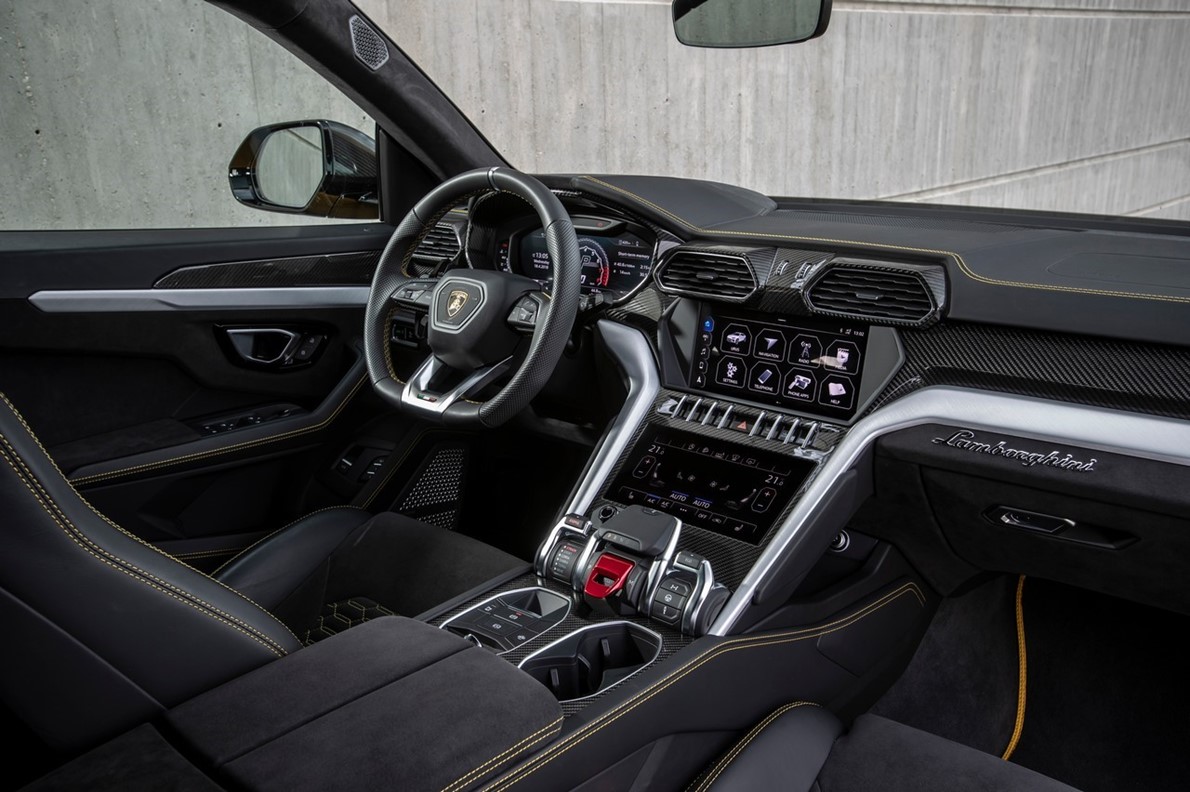
Driving with a 60 percent rear bias under normal
conditions, the Urus’ center Torsen differential can divert up to 85 percent of
power rearwards or 70 percent frontwards for reassuring road-holding when
conditions demand. Meanwhile, the torque-vectoring rear differential
distributes power along the rear axle for enhanced agility.
The brutally responsive and tautly poised Urus
dispatches steep, snaking hill climbs as if riding on fixed rails. Direct and
eager into corners, it features quick 2.29-turn steering and can generate huge
grip levels to confidently carry speed before rocketing out of corners.
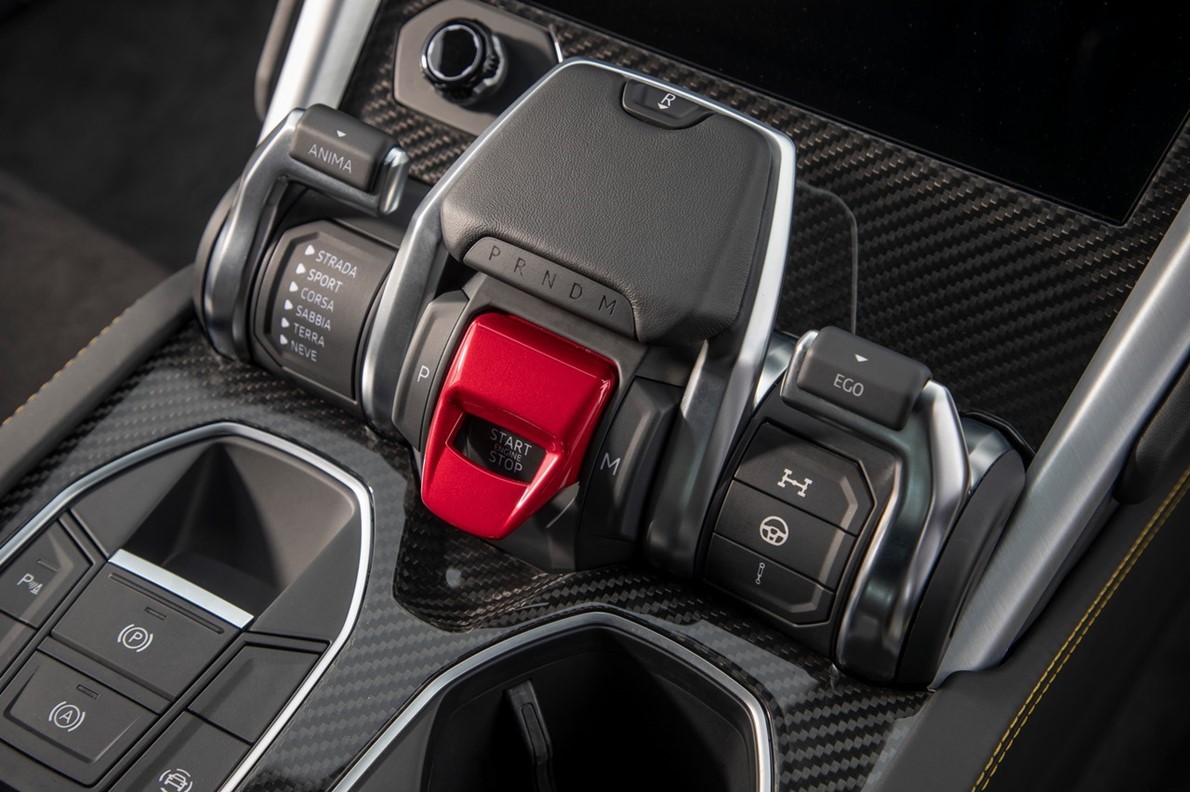
Especially impressive is the Urus’
four-wheel-steering, which turns the rear wheels in the same direction as the
front to simulate a 600mm-longer wheelbase for added stability. Conversely, its
wheelbase is effectively shortened by 600mm at lower speeds by turning the rear
wheels opposite to the front for dramatically enhanced agility.
Comfort and control
Smooth, stable, and
committed at speed, the Urus is a refined, comfortable and natural
continent-crunching express, despite its enormous alloy wheels. It is a
supercar by SUV measures that seems noticeably more forgiving when driven
back-to-back with Lamborghini’s traditional supercar models.
That said, it superbly fulfills the
otherwise-contradictory demands of its dual roles with adaptive air dampers,
adjustable ride height, and thoroughly effective active electromechanical
anti-roll bars. Tautening to confidently suppress cornering body roll, the Urus
becomes a focused hill-climb hero in Corsa mode.

Belying its 2.2-tonne mass, the Urus dispatches
successive corners and snaking hairpins with nimble poise and control. When it
comes to vertical movement, the Urus fluently processes road imperfections in a
settled and buttoned-down fashion, albeit slightly firm in ride quality.
The Urus signature Lamborghini cabin may be higher
positioned, but nevertheless provides a hunkered-down ambiance and features a
supportive and well-adjustable driving position. Extensive carbon-fiber trim
and Alcantara upholstering is typical Lamborghini fare, as are the
trigger-safety covered starter button, the push-button gear selectors, and the
steering-mounted paddle shifters.
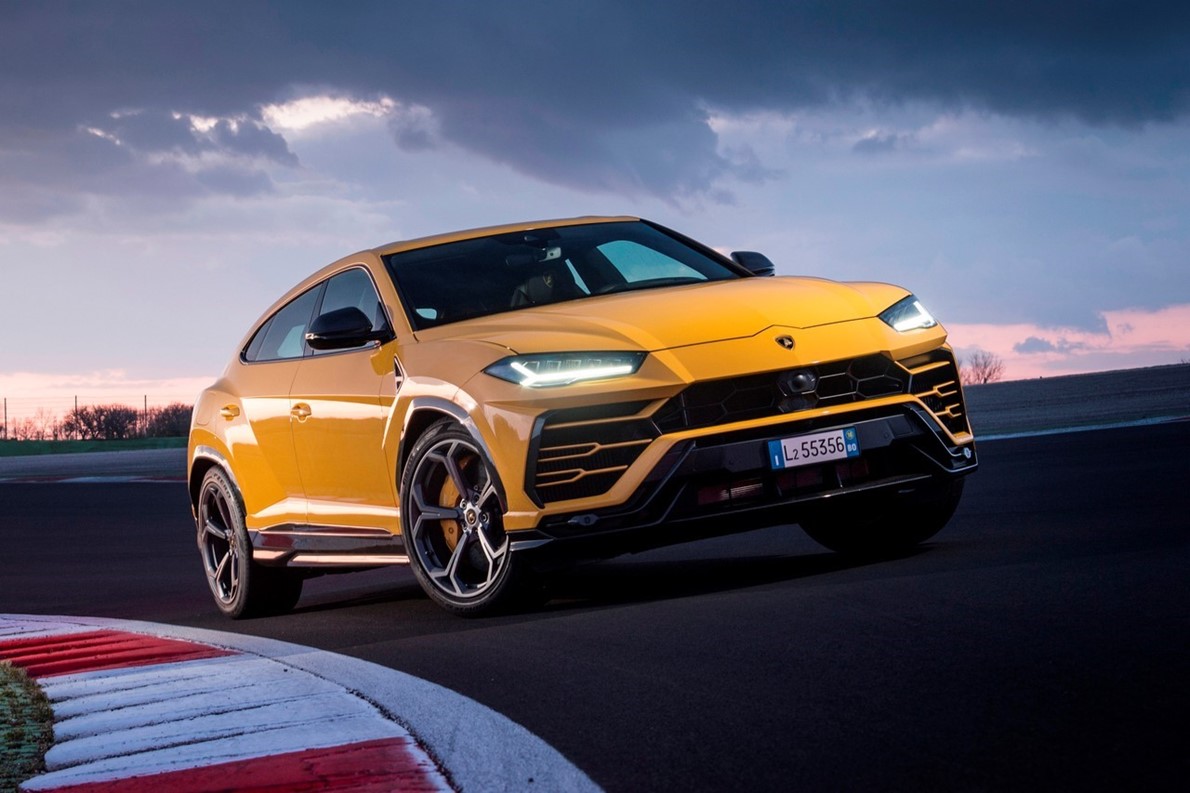
The Urus is well-equipped with safety,
driver-assistance, infotainment, and convenience features with a vast array of
controls and buttons. Maneuvering is made easier by a reverse camera and
sensors, especially given the Urus’ high waistline and low roofline.
Lamborghini’s most practical vehicle, the Urus
features an electric tailgate giving way to a generous 616-liter luggage
compartment. Palatially spacious compared to supercars, the Urus
well-accommodates large occupants in front, while and rear seat space and
access are good for most passengers but not as generous as more traditional
SUVs with higher rooflines.
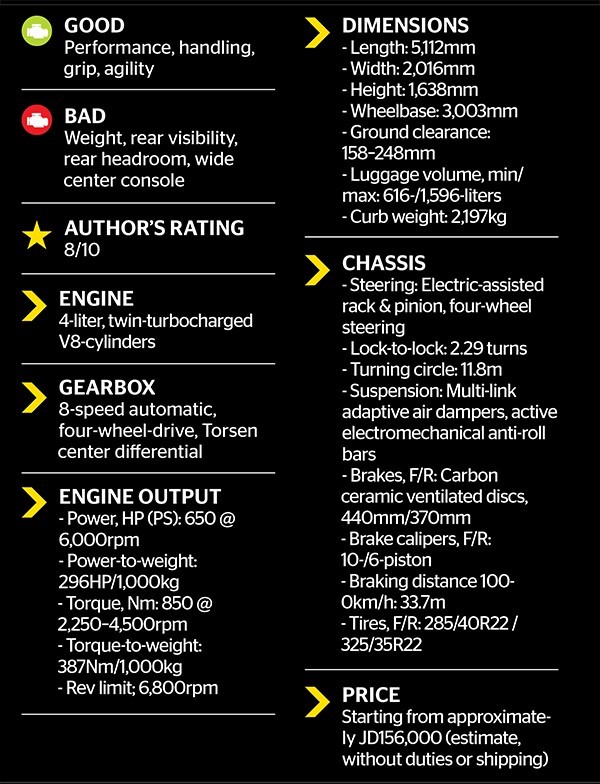 Read more Drive
Jordan News
Read more Drive
Jordan News



